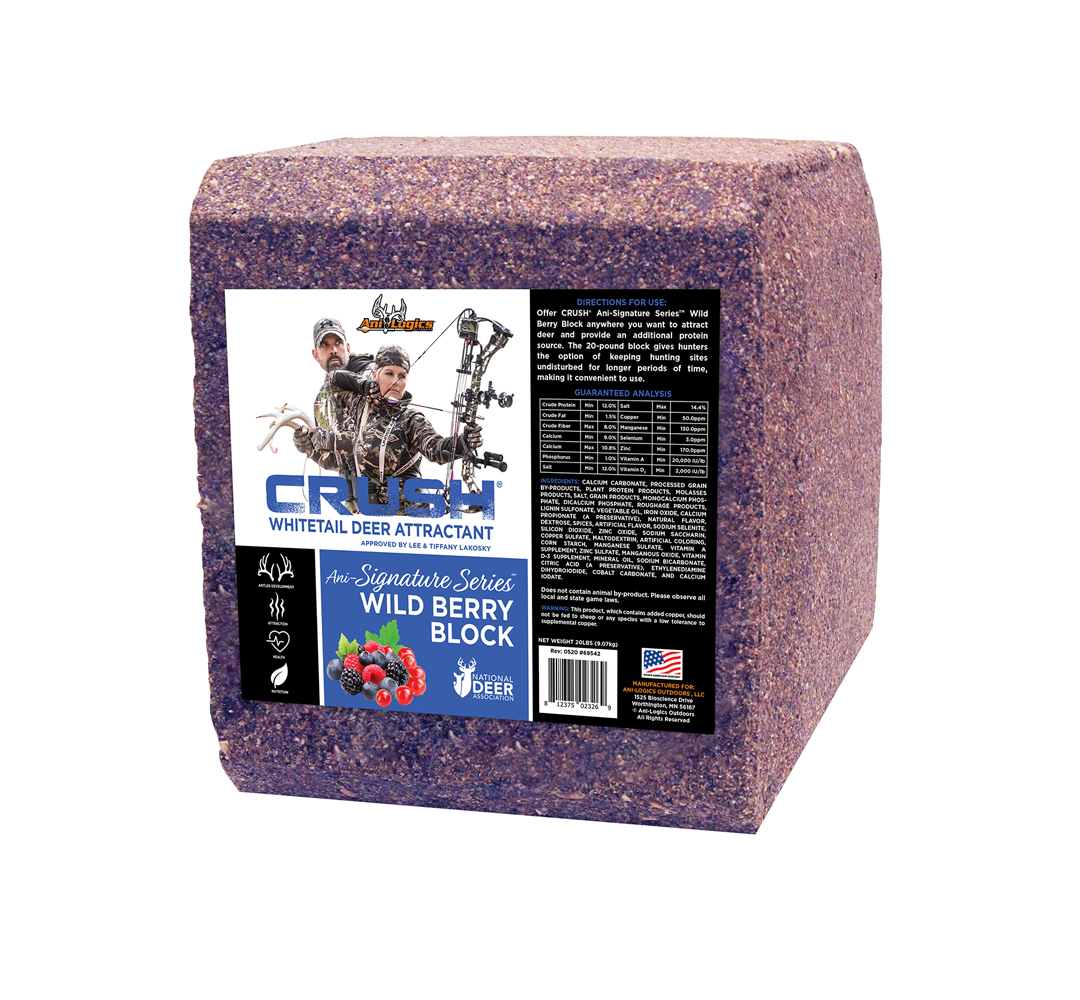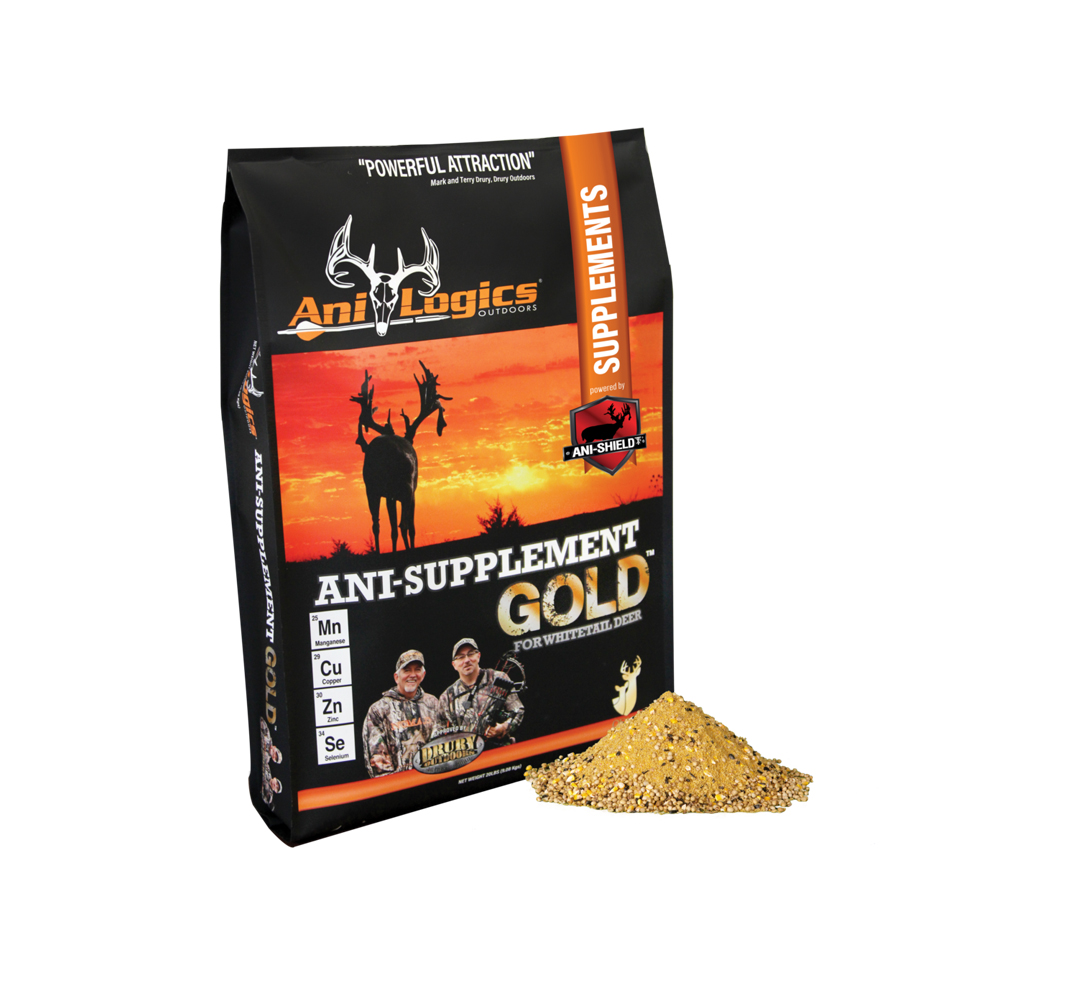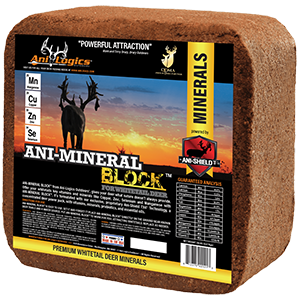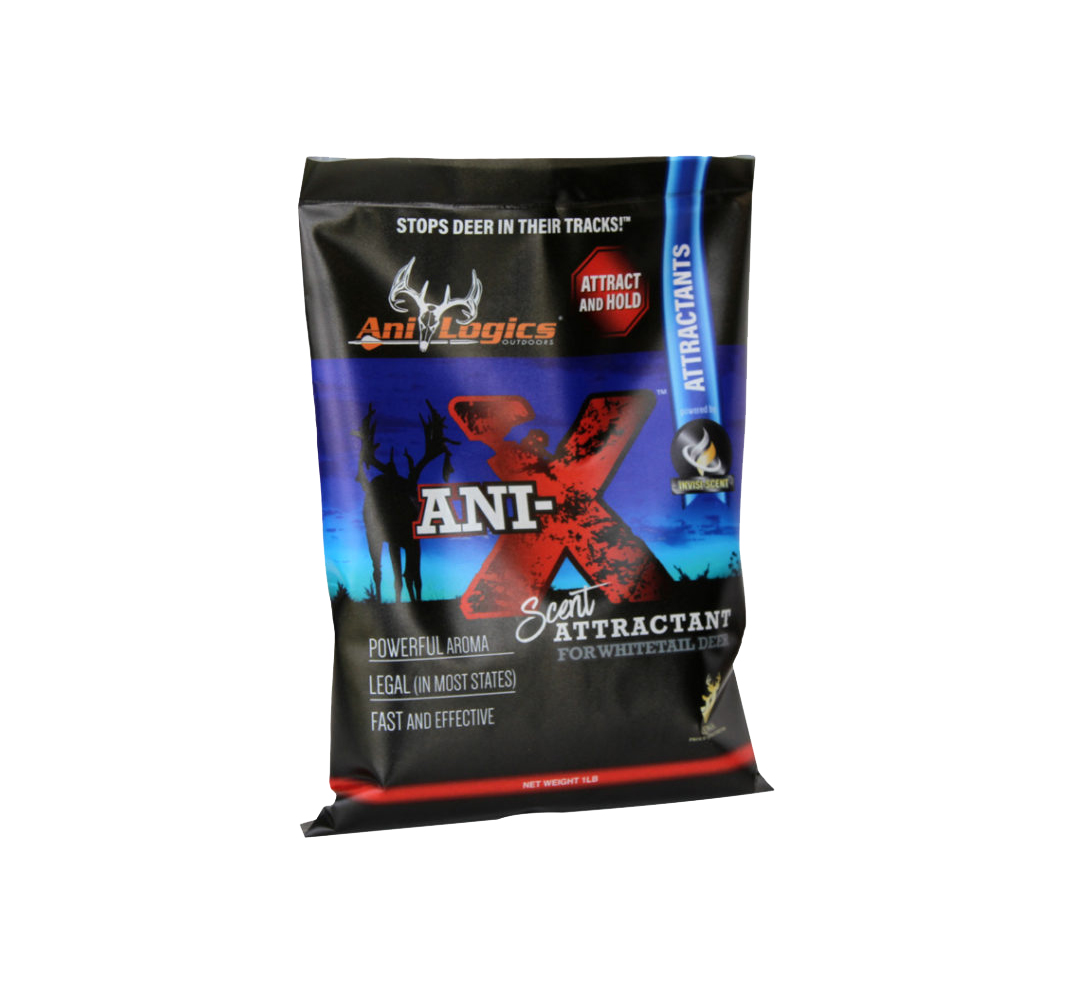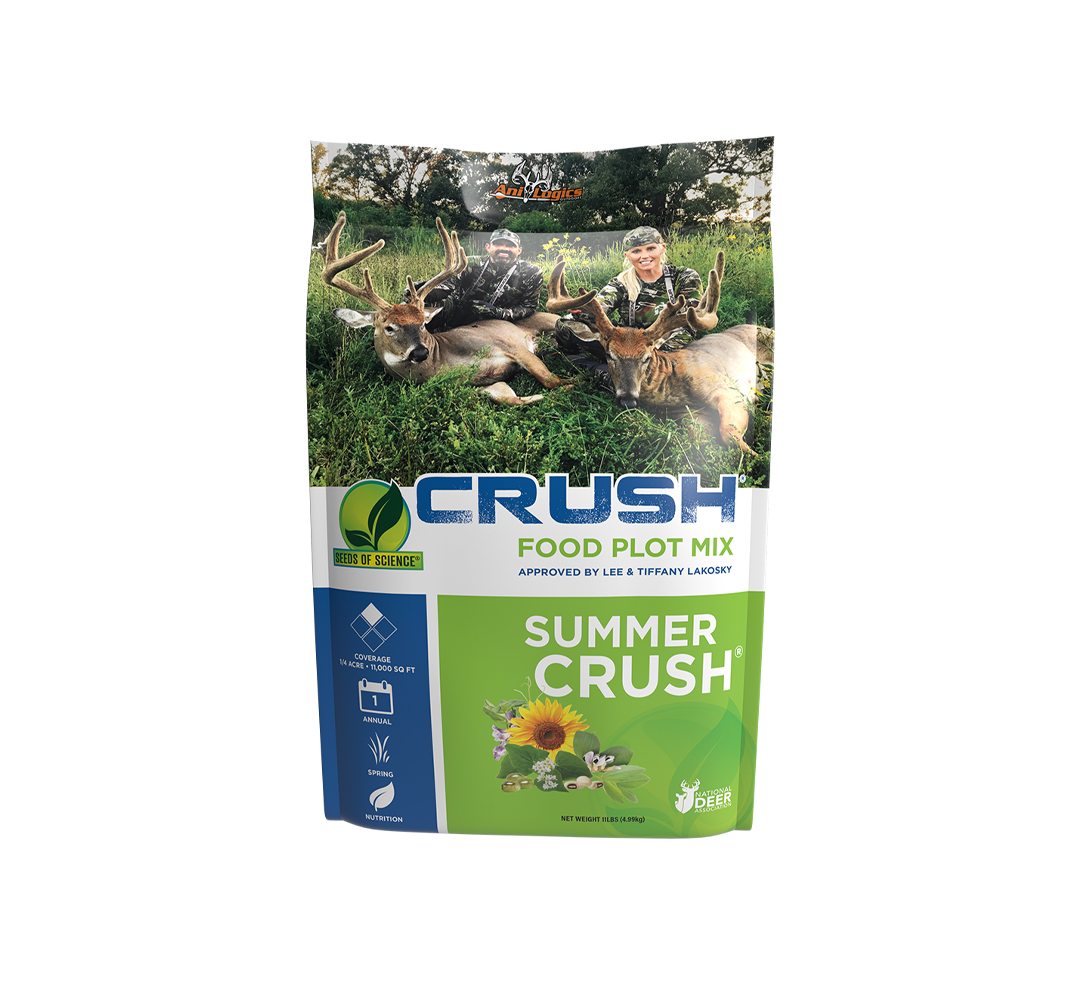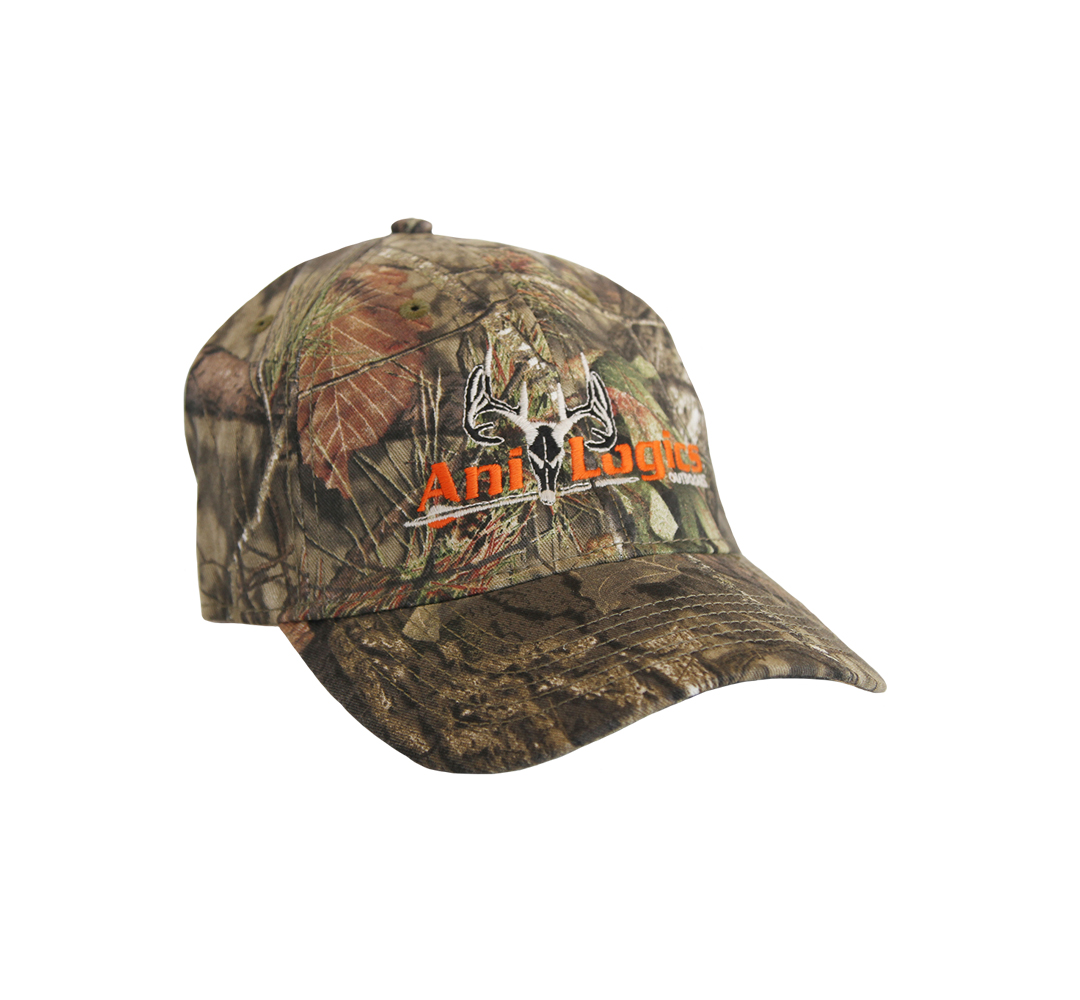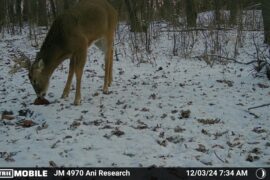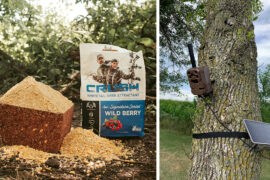Optimize your Food Plot using Bio-Available Minerals
Premium land managers plant a variety of food plots to provide high quality nutrition to their herd, but what a lot of hunters fail to realize is that food plot plants cannot provide all the macro and micro minerals that deer require for premium antler growth. The best managers take the time to improve their property by adding a mineral site which ensures deer have access to everything they need to be healthy, which will help them reach their maximum in terms of antler growth.
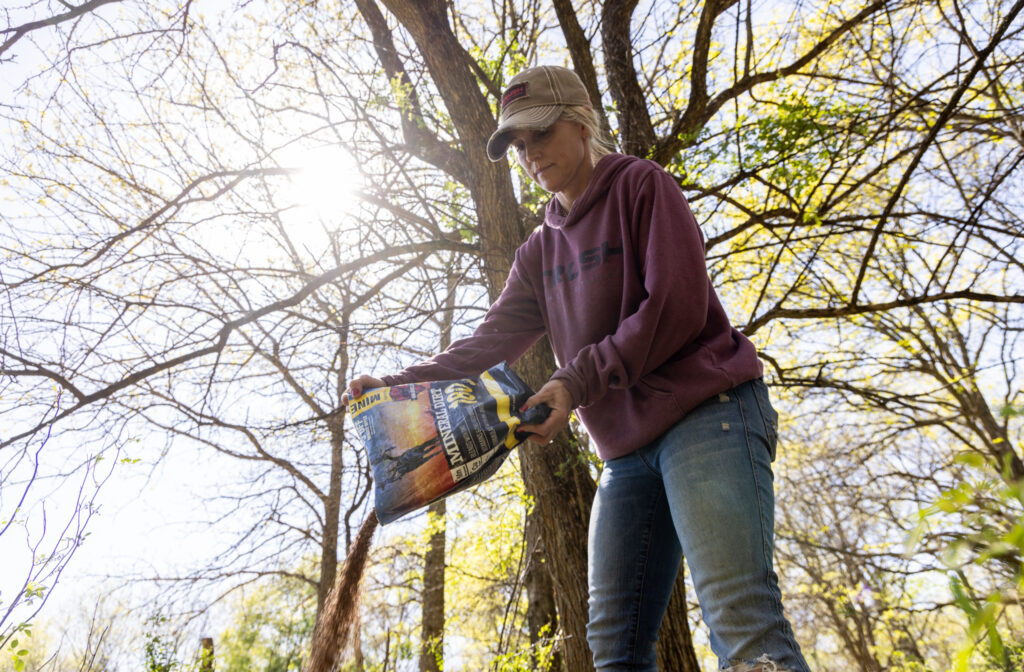
The problem is that many of the “deer minerals” on the market today are mostly comprised of salt. This is because it is inexpensive and is also a great attractant during the growing season. Most hunters do not understand there is a difference between attraction and nutrition. Just because deer often visit an area does not mean they are getting everything they need in terms of nutrients. Minerals by themselves are not readily consumed, therefore some salt is necessary to increase intake. The ideal salt percentage for balancing intake with mineral content is between 30 and 40 percent.
Another factor to consider when it comes to choosing a mineral for your deer is the bio-availability. What good does a mineral do if only 30% of it is absorbed by the deer? The best minerals such as Mineral Dirt 180 use a process called chelation which binds a protein to the mineral. The gut recognizes the protein more easily than the mineral alone, which increases absorption significantly.
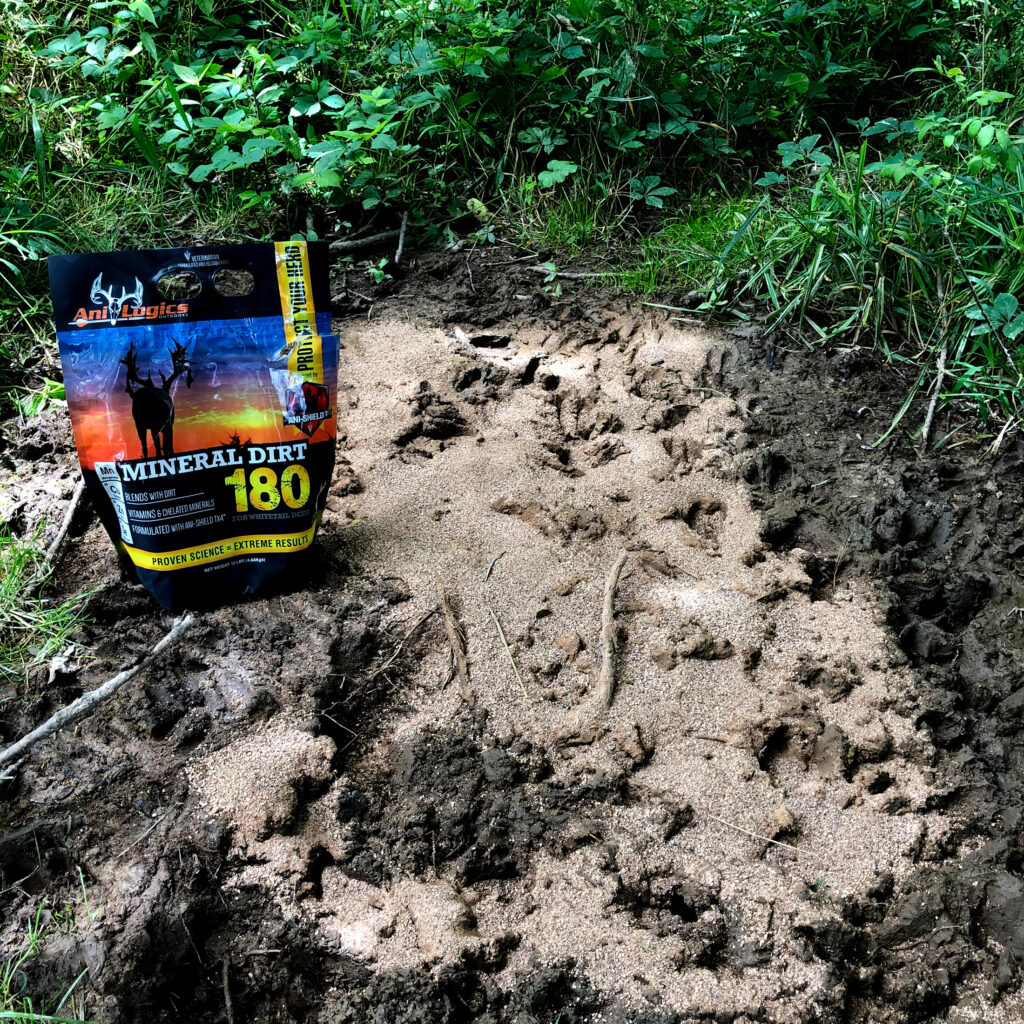
How do we know which minerals wild deer really need? Or how much? The answer is very complex, mainly because the availability of nutrients varies drastically across the white-tail’s range. Researchers know that calcium and phosphorus are important for antlers because that is what antlers are mainly comprised of. Here at Ani-Logics Outdoors, we used liver samples of free-ranging deer to determine that even in the most fertile soil regions like that of the Midwest, deer were deficient in at least one mineral type. What is surprising is that most bucks were not deficient in calcium or phosphorus. Instead, they were deficient in micro minerals such as zinc, copper, manganese, and selenium. Even in places where it seems like deer have access to all the nutrition possible, they are always missing something.
Just like testing soil for fertilizer needs, plant tissue can also be tested to determine what minerals they contain. Let us look at clover, which is one of the most widely used plants for food plots. Deer need at least 15 parts per million (ppm) copper but most clover varieties only provide 3-6 ppm. Will your deer pick up the rest from natural browse? The only way to find out is to have a veterinarian test the liver of a harvested deer and analyze circulating mineral content. The easier route would be to place a high-quality mineral on the ground next to your food plot site. Mineral Dirt 180 and the Ani-Mineral Block both contain the right amount of minerals that deer require. Although we tend to think that deer can get all they need from plants, research tells us otherwise.
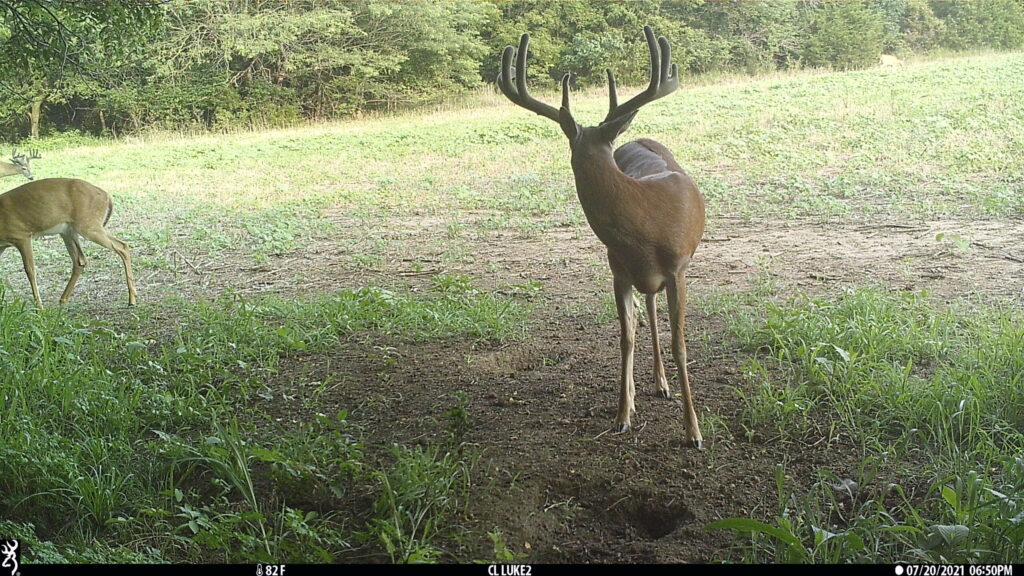
Your Cart
Categories
- Attractants 26
- CWD 1
- Deer Management 61
- EHD 2
- Food Plots 16
- Hunting 85
- Land Management 17
- Minerals 27
- Shed Hunting 4
- Supplements 35
- Turkey Hunting 6
Browse Tags
Products
-
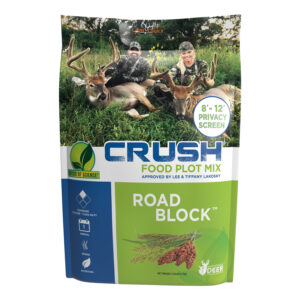 CRUSH Road Block
$29.99
CRUSH Road Block
$29.99 -
-
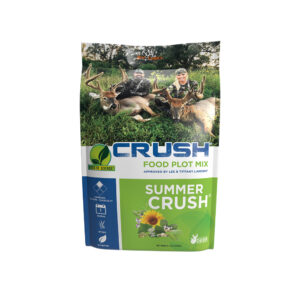 Summer CRUSH
$39.99 – $129.99
Summer CRUSH
$39.99 – $129.99 -
-
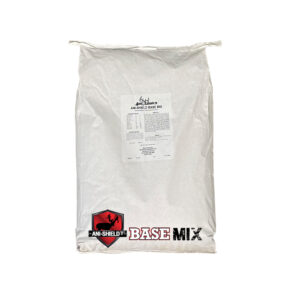 Ani-Shield Base Mix
$59.99
Ani-Shield Base Mix
$59.99 -
-
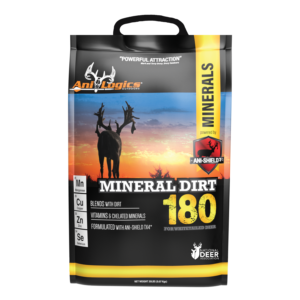 Mineral Dirt 180 - 20lb
$34.99
Mineral Dirt 180 - 20lb
$34.99 -

